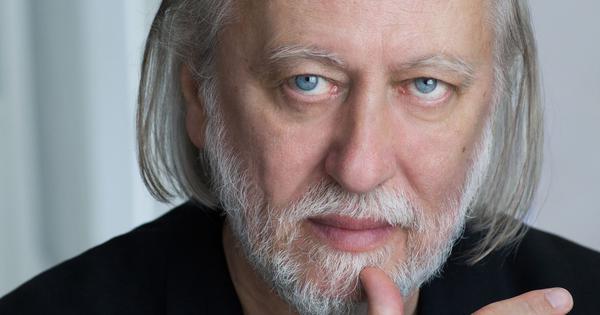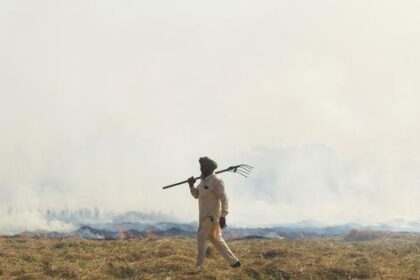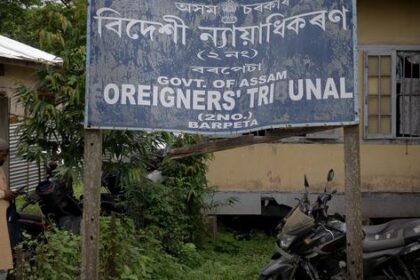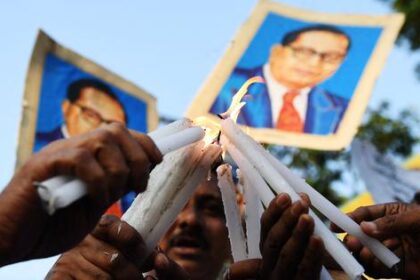Hungarian author László Krasznahorkai’s work reflects on humanity’s struggles and the complexity of existence.
László Krasznahorkai, the 2025 Nobel Prize winner for Literature, articulates a profound understanding of the human experience through his writing. He believes that while there is a desire to display something to the world, the true objective lies elsewhere. His works, including the notable ‘Satantango’, portray a desolate village on the brink of destruction, presenting not only the stark realities of life but also glimpses of transcendence amidst chaos.
Over the years, Krasznahorkai has evolved his narrative style, transitioning from a focus on dystopian themes to exploring nuanced beauty in titles such as ‘Seiobo There Below’ and ‘A Mountain to the North, A Lake to the South, Paths to the West, A River to the East’. His distinctive approach positions him alongside literary giants such as Franz Kafka, James Joyce, Marcel Proust, and Hermann Broch. While each of these writers has a unique voice, Krasznahorkai expands the boundaries of literary possibility with his singular language.
His writing is characterized by long, flowing sentences that build a sense of rhythm akin to incantation. These lengthy constructions invite readers into an expansive realm of consciousness that defies conventional narrative structures. Krasznahorkai expresses a desire to present a comprehensive view of the earth, demanding significant attention from his audience. He evokes imagery of a barren landscape, stripped of life and beauty, underscoring the consequences of humanity’s actions.
In a reflection on the literary landscape, philosopher Hannah Arendt noted the affinity between the works of modern novelists and the realms of poetry and philosophy. This sentiment resonates with Krasznahorkai’s work, which has the capacity to challenge and engage a select audience. He emerges as a contemporary figure who embodies this convergence of thought and art, navigating the complexities of human existence through his writing.
During an interview in 2012, Krasznahorkai shared his journey from Gyula, a small town in Hungary, to becoming a writer. He distanced himself from his bourgeois background, seeking to connect with the realities of life outside urban centers. His experiences, including diverse jobs such as a miner and a night watchman, shaped his perspective and influenced his creative output. The cultural houses he directed during Soviet rule provided him with a backdrop for exploring themes of isolation and resilience, ultimately leading to the creation of ‘Satantango’.
Despite his success, Krasznahorkai reflects on the evolution of his understanding as a writer. He initially viewed his debut novel as a mistake, prompting him to strive for greater clarity in subsequent works. This journey reveals his belief that writing is a means of constructing a space where spiritual life can flourish. In his narratives, he often finds himself amidst the struggles of ordinary people, acknowledging the profound insights gained from both intellectuals and the marginalized.
Krasznahorkai’s perspective emphasizes the importance of quiet observation and introspection over the pressures of external validation. He contemplates the role of the artist, suggesting that the true task may lie in simply being present, absorbing the world around us, rather than imposing judgments. This philosophy encapsulates his approach to literature, where the essence of humanity’s experience is captured through attentive observation and reflection.








